A family altar in the Maya city of Tikal offers a glimpse into events in an enclave of the city’s foreign overlords in the wake of a local coup.
Archaeologists recently unearthed the altar in a quarter of the Maya city of Tikal that had lain buried under dirt and rubble for about the last 1,500 years. The altar—and the wealthy household behind the courtyard it once adorned—stands just a few blocks from the center of Tikal, one of the most powerful cities of Maya civilization. But the altar and the courtyard around it aren’t even remotely Maya-looking; their architecture and decoration look like they belong 1,000 kilometers to the west in the city of Teotihuacan, in central Mexico.
The altar reveals the presence of powerful rulers from Teotihuacan who were there at a time when a coup ousted Tikal’s Maya rulers and replaced them with a Teotihuacan puppet government. It also reveals how hard those foreign rulers fell from favor when Teotihuacan’s power finally waned centuries later.
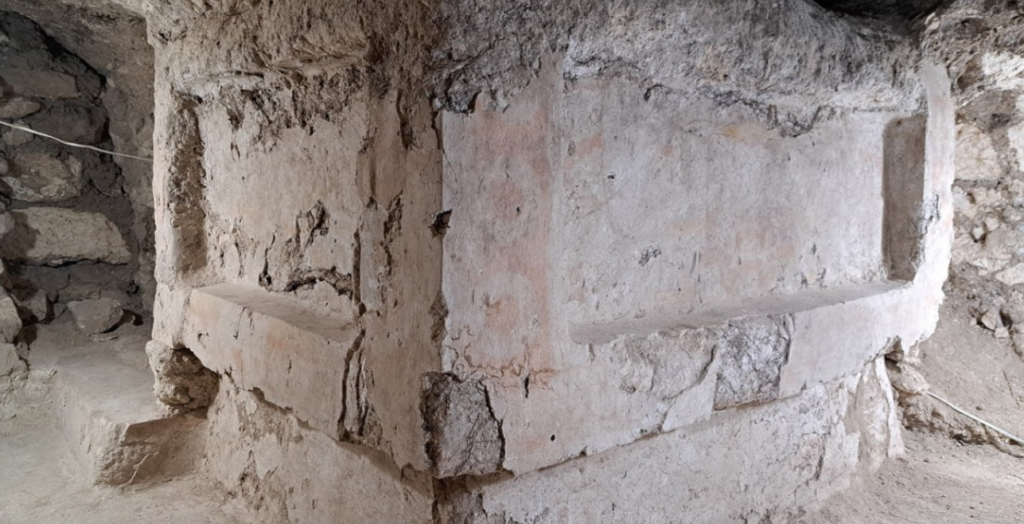
The painted altar
The altar stands in the courtyard of what was once a wealthy, influential person’s home in Tikal. At just over 1 meter tall, spanning nearly 2 meters in length and 1.3 meters wide, the altar is clearly the centerpiece of the limestone patio space.
It’s made of carved stone and earthen layers, covered with several smooth, fine plaster coatings. Murals adorn recessed panels on all four sides. In red, orange, yellow, and black, the paintings all depict the face of a person in an elaborate feathered headdress, but each is slightly different. All four versions of the face stare straight at the viewer through almond-shaped eyes. The figure wears the kind of facial piercings that would have marked a person of very high rank in Teotihuacan: a nose bar and spool-shaped ear jewelry (picture a fancy ancient version of modern earlobe plugs).
Proyecto Arqueológico del Sur de Tikal archaeologist Edwin Ramirez and his colleagues say the faces on the altar look uncannily like a deity who often shows up in artwork from central Mexico, in the area around Teotihuacan. Archaeologists have nicknamed this deity the Storm God, since they haven’t yet found any trace of its name. It’s a distinctly Teotihuacan-style piece of art, from the architecture of the altar to the style and color of the images and even the techniques used in painting them. Yet it sits in the heart of Tikal, a Maya city.
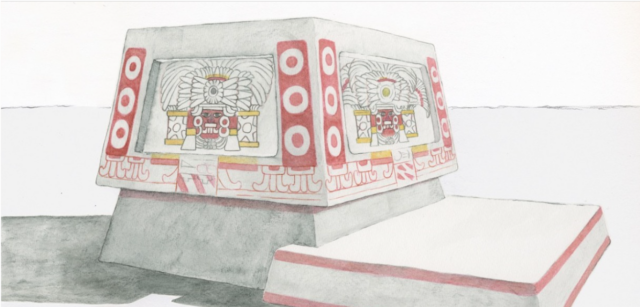
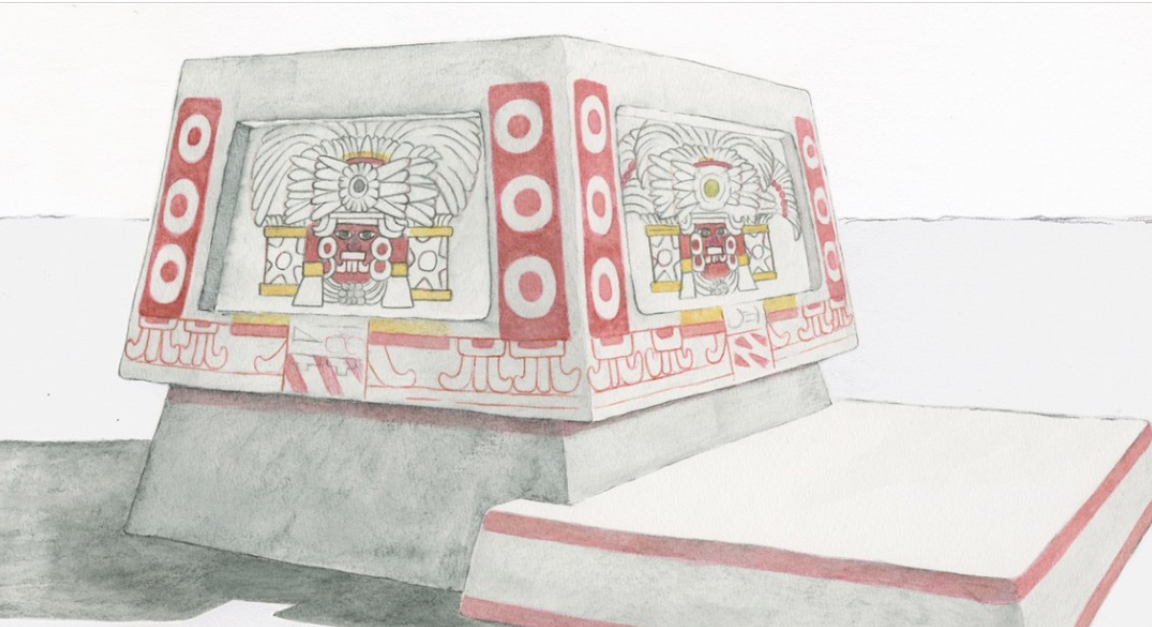
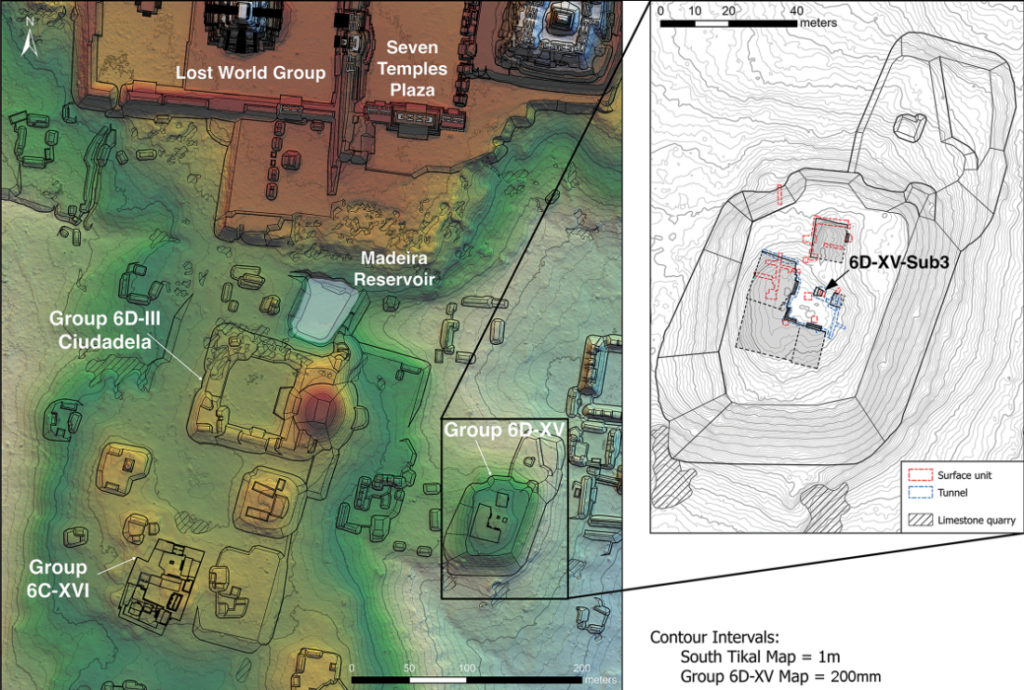
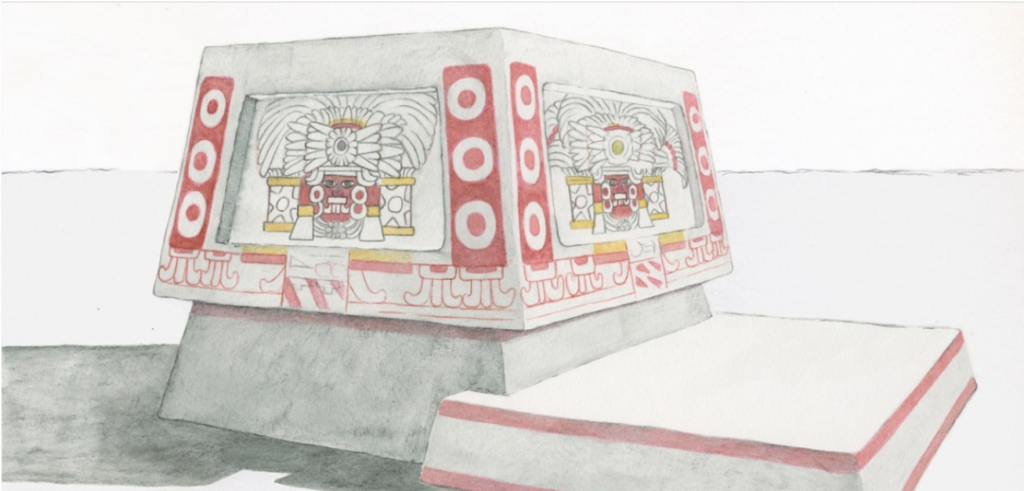

 Loading comments...
Loading comments...
